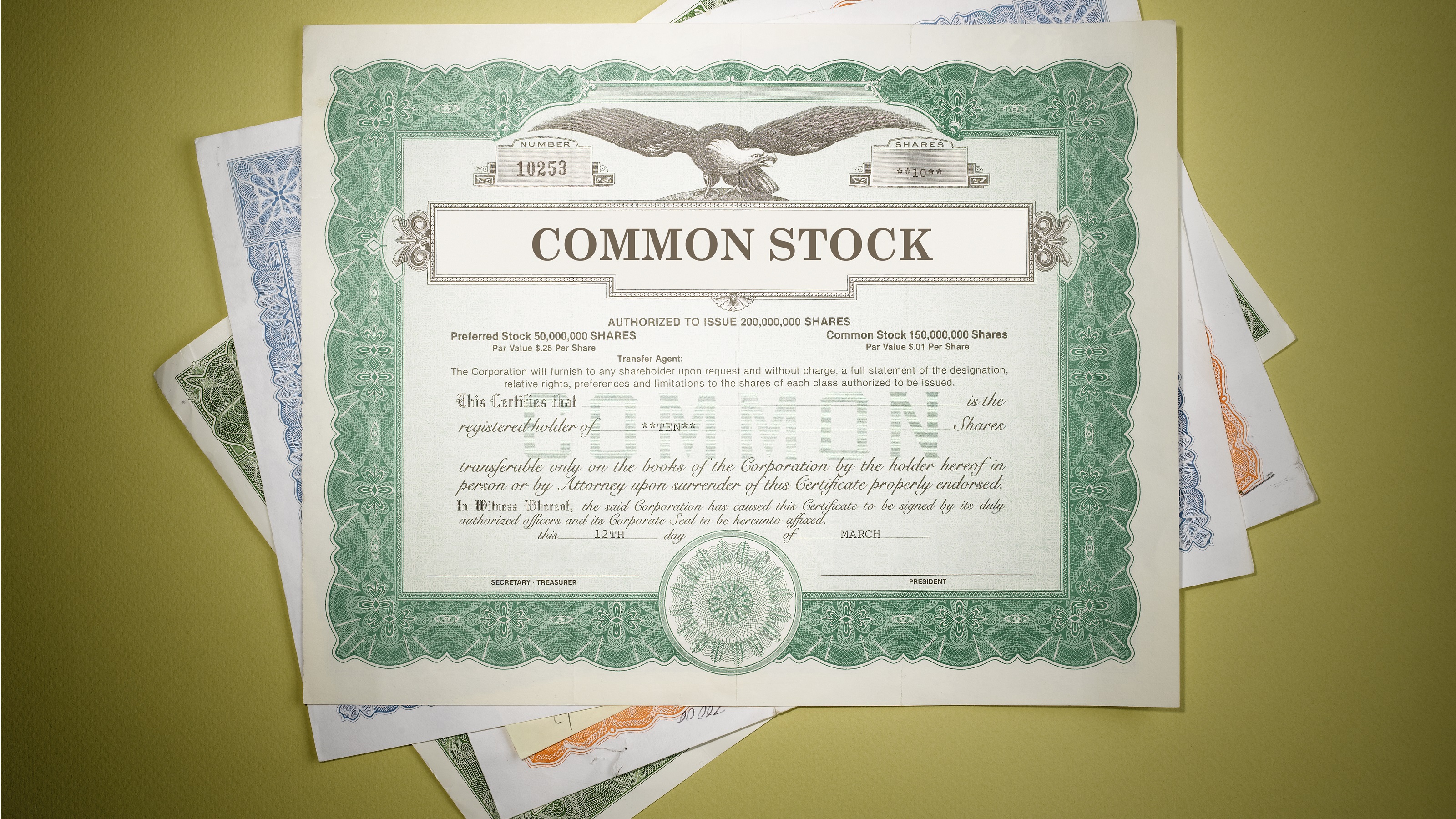Retirement Account Moves to Make Before December 31
You can make retirement account moves before year-end. Consider topping off your contributions and taking your RMDs.


Now is the perfect time to shore up your retirement accounts and make sure you are as well-positioned for the future as possible. Before year-end, aim to top off retirement savings plans, and if appropriate, take your RMDs.
What retirement account moves should you make before 2025?
You have until December 31 to contribute up to $23,000 to your 401(k) for 2024 if you’re younger than 50. You can put in an extra $7,500 if you’re 50 or older by the end of the year, for a total $30,050. For IRAs, you have until the April 2025 tax-return filing deadline to contribute the $7,000 maximum, or $8,000 if you’re 50 or older.
If you’re self-employed, you may be able to stash even more in a retirement account. As a sole proprietor, if you want to make an employee contribution to your own solo 401(k) account for 2024 (the same employee-contribution limit applies as with a 401(k) from standard employment), you must establish the solo 401(k) and indicate that you plan to make an employee deferral by the end of 2024. But you have until the April 2025 tax-return filing deadline to make your employee contribution.

Sign up for Kiplinger’s Free E-Newsletters
Profit and prosper with the best of expert advice on investing, taxes, retirement, personal finance and more - straight to your e-mail.
Profit and prosper with the best of expert advice - straight to your e-mail.
You can also contribute up to 20% of net self-employment income as an employer, and you have until the April 2025 tax-filing deadline to make that contribution. Total contributions have a limit of $69,000 — or $76,500 if you’re 50 or older.
With a SEP IRA, you can contribute as much as 20% of your net self-employment income, with a $69,000 limit for 2024. You have until the April 2025 tax-filing deadline to establish and fund your SEP IRA for 2024.
When should you take RMDs?
If you turned 73 in 2024, the deadline to take your first required minimum distribution from traditional IRAs and 401(k) plans is December 31, 2024.
The law known as SECURE Act 2.0, enacted in late 2022, lowered the penalty for missed withdrawals from 50% of the amount you should have withdrawn to 25% (10% if you correct the missed withdrawal in a timely manner). Still, that’s a significant chunk of your nest egg, so it’s important to get it right the first time. To calculate your RMD, divide your year-end account balance from the previous year by the IRS life-expectancy factor based on your birthday in the current year. Your plan provider (or providers) should calculate RMDs for you, or you can use the IRS worksheets.
Note: This item first appeared in Kiplinger's Personal Finance Magazine, a monthly, trustworthy source of advice and guidance. Subscribe to help you make more money and keep more of the money you make here.
Related Content
Get Kiplinger Today newsletter — free
Profit and prosper with the best of Kiplinger's advice on investing, taxes, retirement, personal finance and much more. Delivered daily. Enter your email in the box and click Sign Me Up.

Block joined Kiplinger in June 2012 from USA Today, where she was a reporter and personal finance columnist for more than 15 years. Prior to that, she worked for the Akron Beacon-Journal and Dow Jones Newswires. In 1993, she was a Knight-Bagehot fellow in economics and business journalism at the Columbia University Graduate School of Journalism. She has a BA in communications from Bethany College in Bethany, W.Va.
-
 6 Stunning Waterfront Homes for Sale Around the US
6 Stunning Waterfront Homes for Sale Around the USFrom private peninsulas to lakes, bayous and beyond, Kiplinger's "Listed" series brings you another selection of dream homes for sale on the waterfront.
By Charlotte Gorbold Published
-
 Six Reasons to Disinherit Someone and How to Do It
Six Reasons to Disinherit Someone and How to Do ItWhether you're navigating a second marriage, dealing with an estranged relative or leaving your assets to charity, there are reasons to disinherit someone. Here's how.
By Donna LeValley Published
-
 Return to Your Home Country to Retire: Repatriation Retirement
Return to Your Home Country to Retire: Repatriation RetirementThey came to the U.S. to live and work, but they want to retire in the old country. Here's how to juggle the move back home.
By Alina Tugend Published
-
 Aging Well: 10 Things You Should Know
Aging Well: 10 Things You Should KnowIf you're committed to aging well, these tips can save on healthcare costs and make your later years more fulfilling.
By Martha McCully Published
-
 What Retirees Need to Know About Taxes
What Retirees Need to Know About TaxesTake steps to avoid a surprise tax bill and underpayment penalties.
By Sandra Block Published
-
 What Is a Medallion Stamp? The Requirement for Transferring Securities
What Is a Medallion Stamp? The Requirement for Transferring SecuritiesTransferring securities from one account to another often requires this extra step.
By Emma Patch Published
-
 How Dividend Reinvestments Work for Retirement
How Dividend Reinvestments Work for RetirementWant your retirement investments to keep growing? Here's what you should know about dividend reinvestment.
By Robert H. Yunich Published
-
 ABLE Account: A Savings Tool to Empower People With Disabilities
ABLE Account: A Savings Tool to Empower People With DisabilitiesAn ABLE account can improve quality of life for individuals with a disability — it permits tax-free saving for ongoing expenses without jeopardizing benefits.
By Ella Vincent Published
-
 20 Ways to Clean Up Your Finances This Spring
20 Ways to Clean Up Your Finances This SpringSpring cleaning is therapeutic and stops costly problems from building up around the home. Why not tackle the dusty corners of your finances at the same time?
By Lisa Gerstner Published
-
 The 'Concerning Trends' in Retirement Now
The 'Concerning Trends' in Retirement NowAmericans are less satisfied with their life in retirement and cite inflation and higher healthcare costs as just two of the problems they're facing.
By Janet Bodnar Published